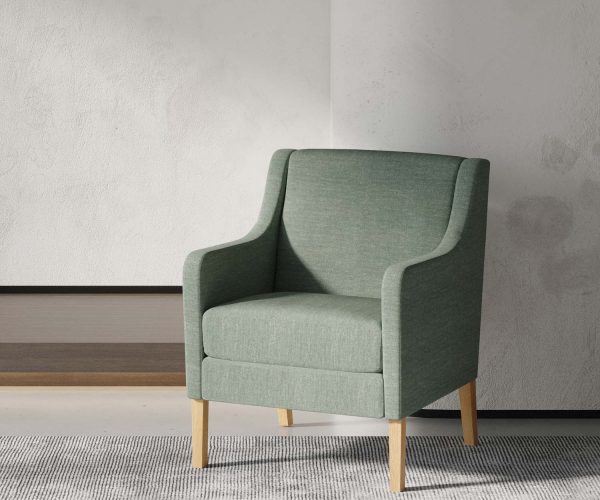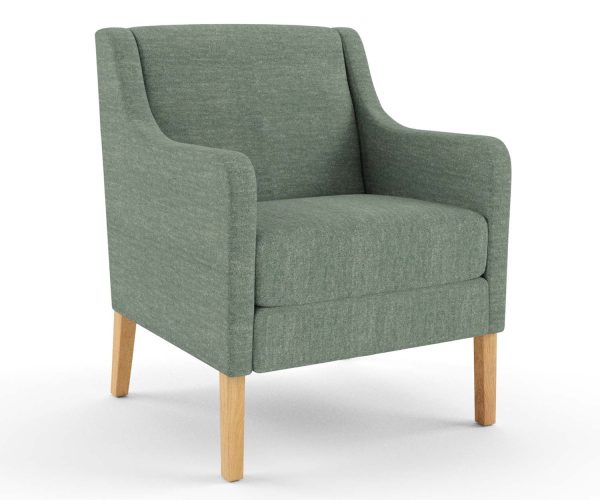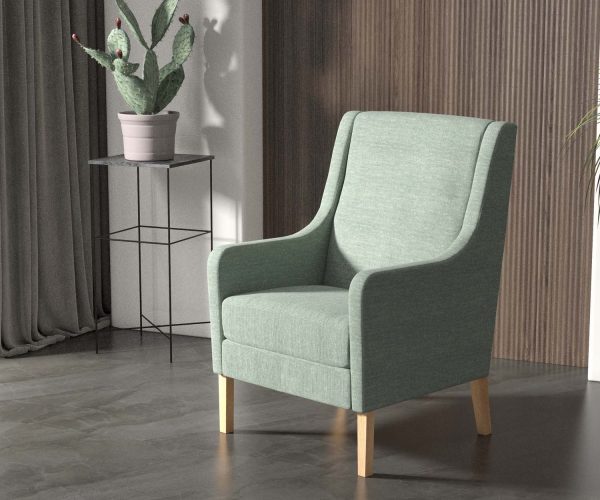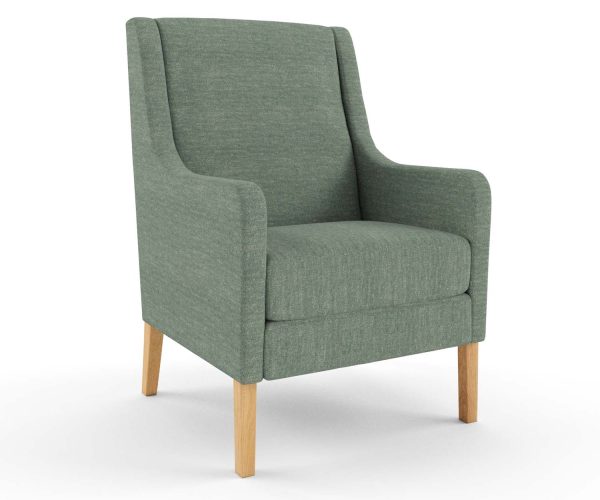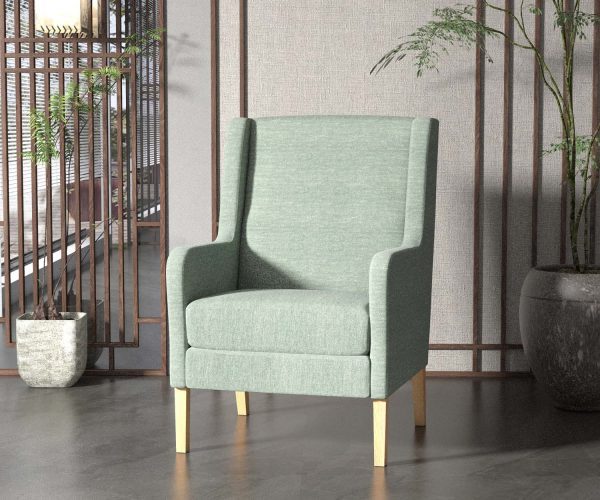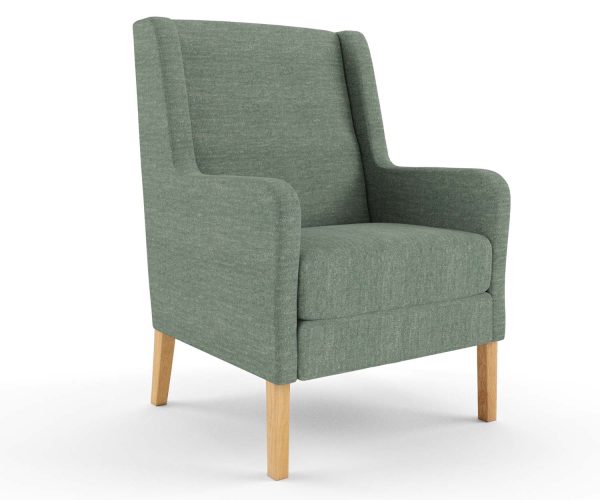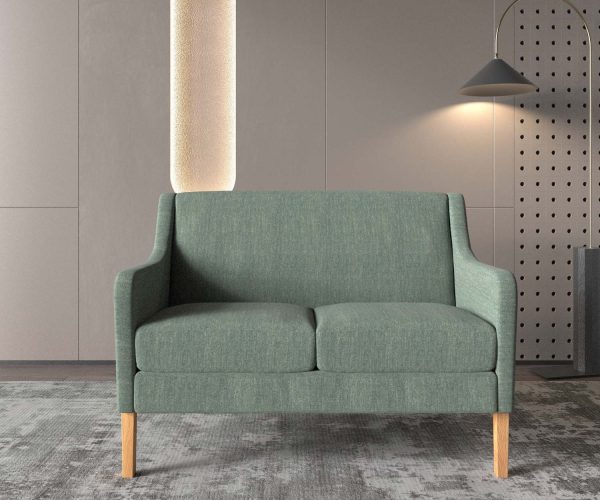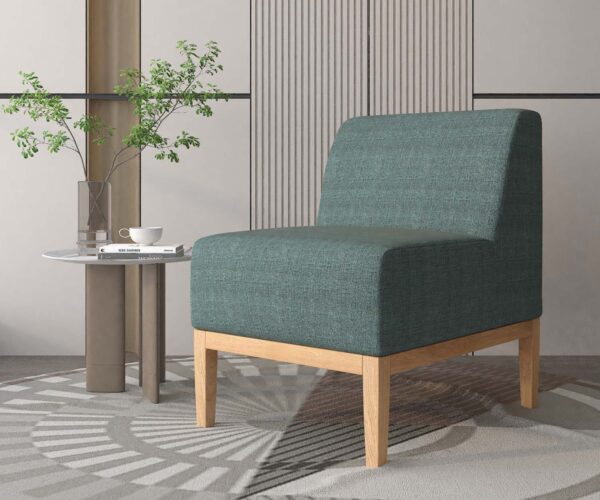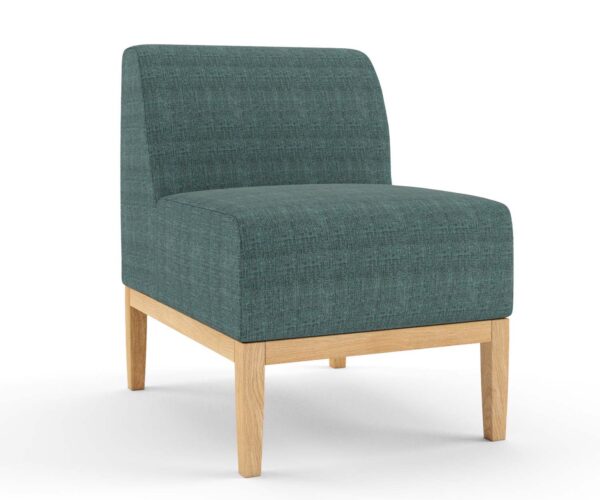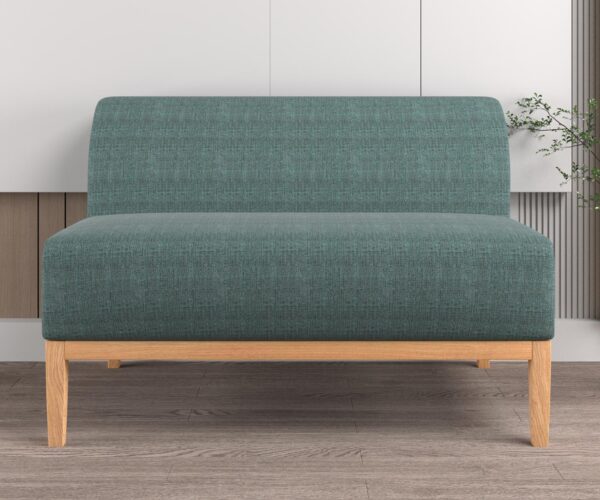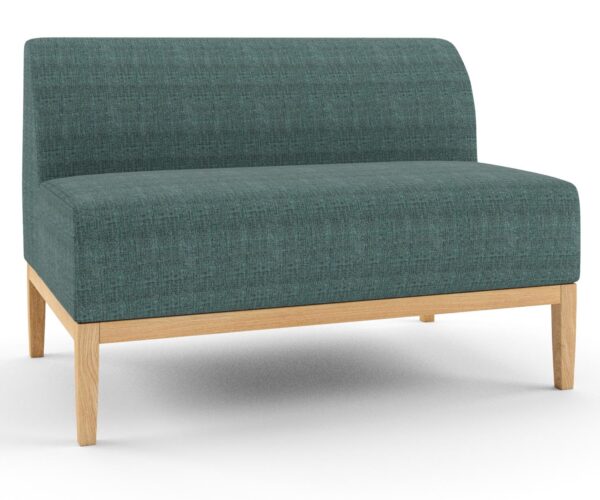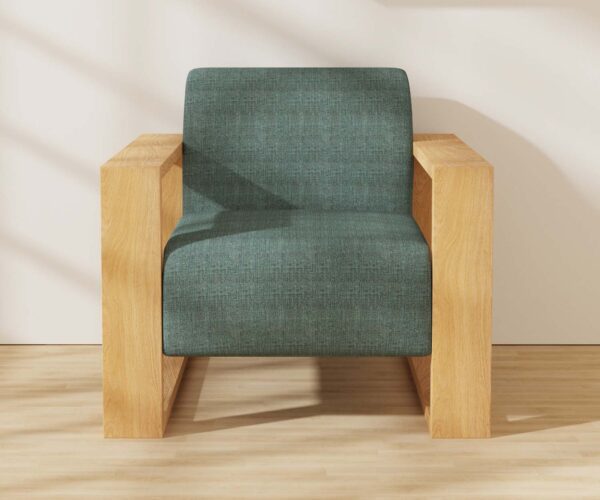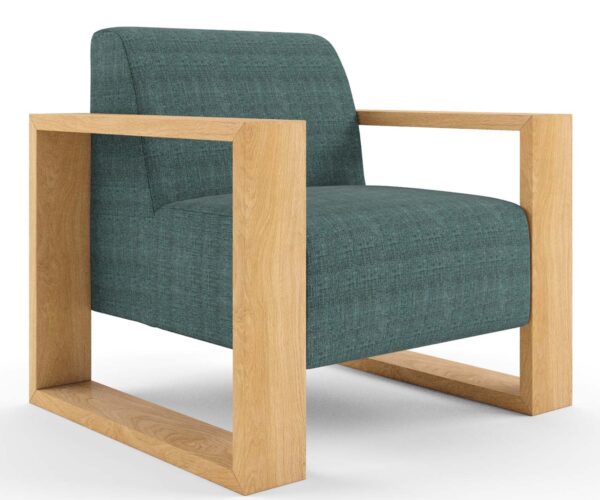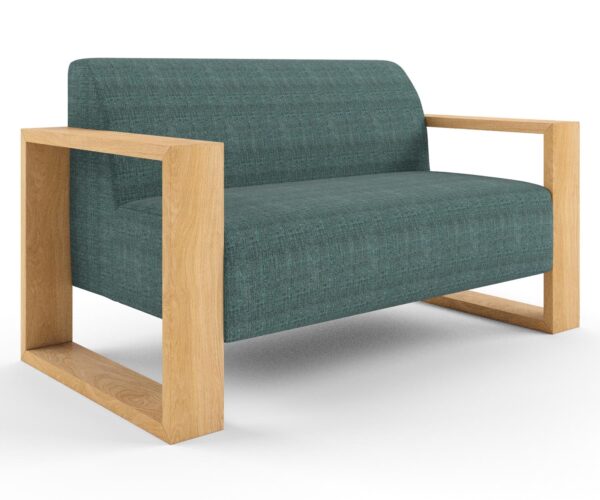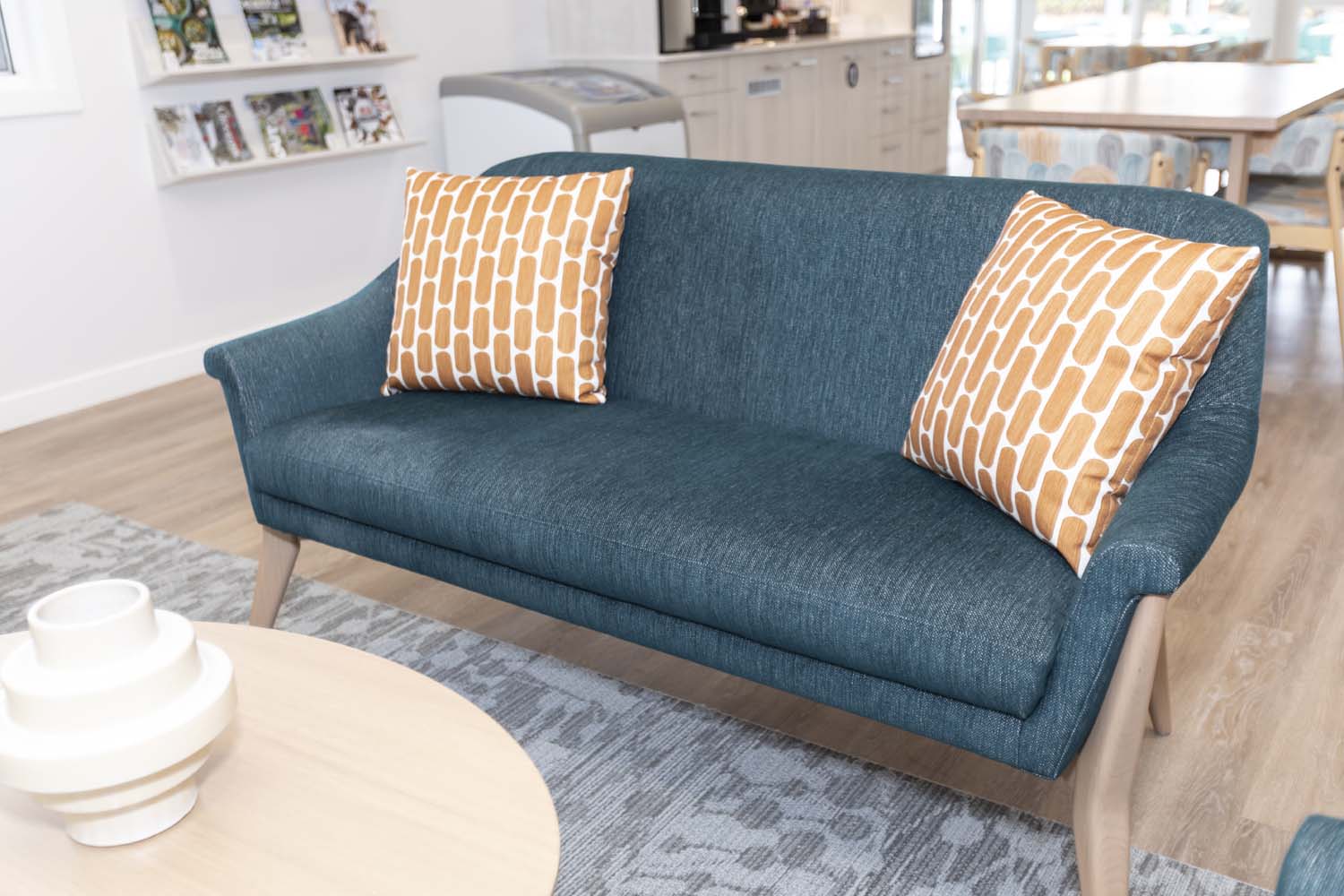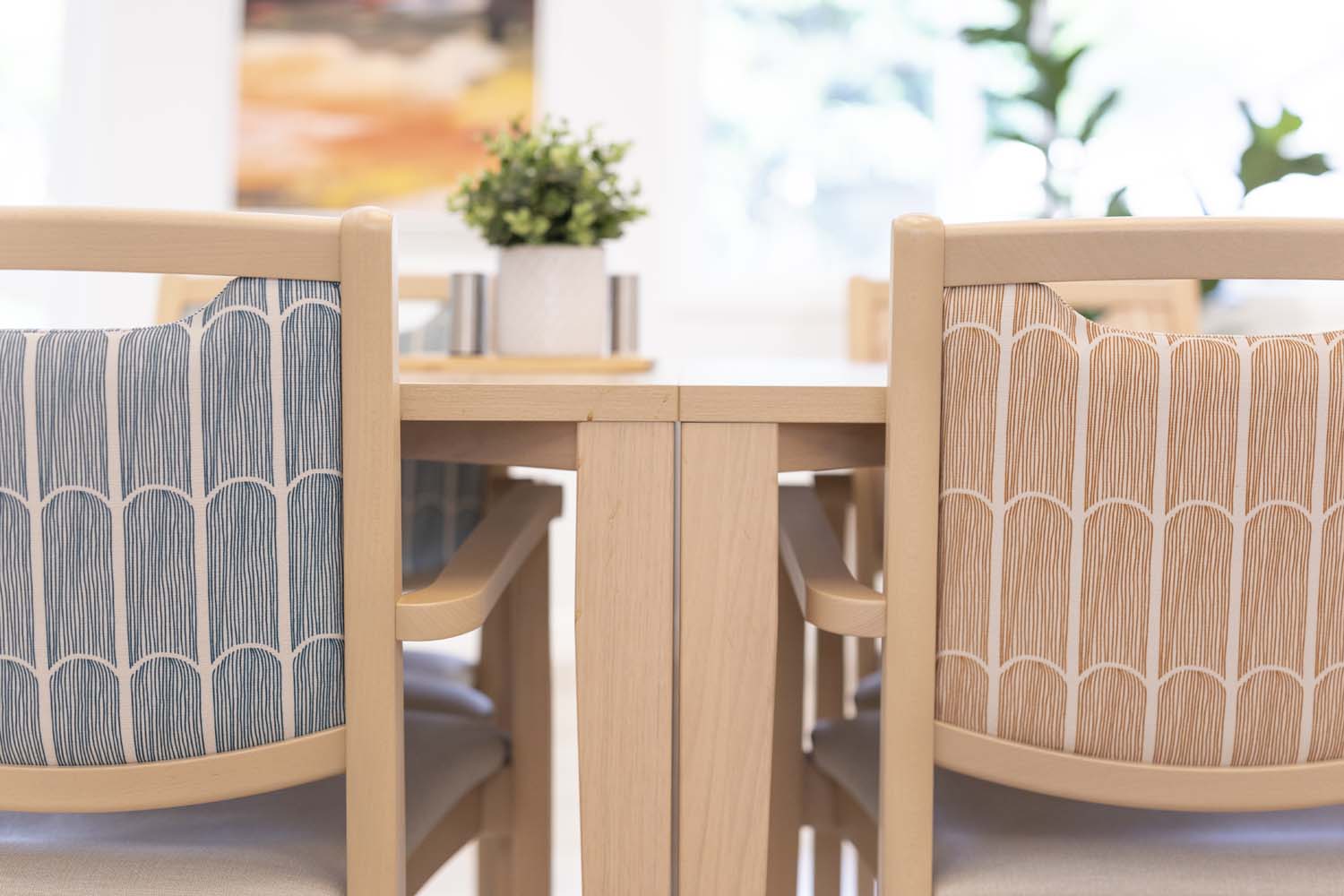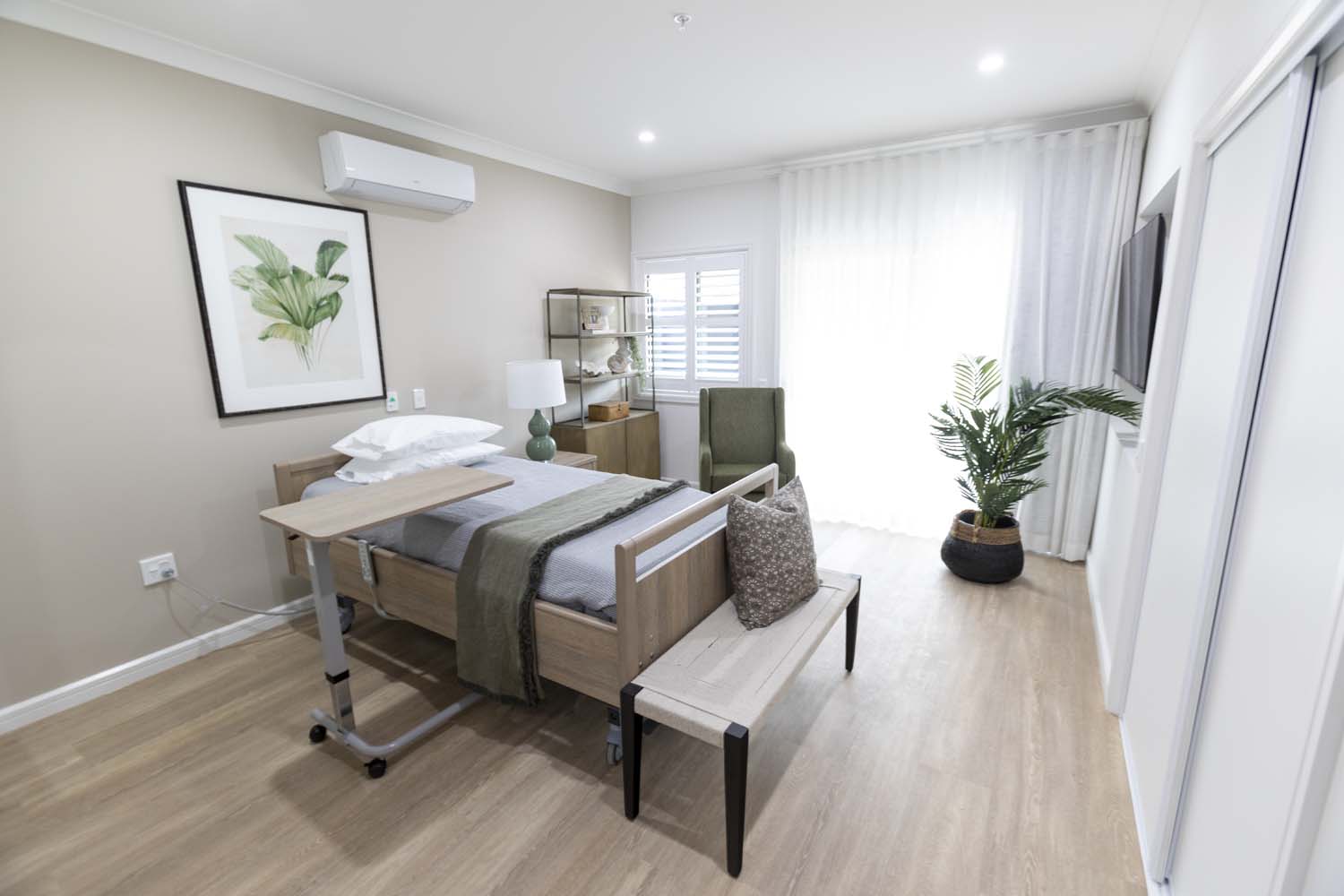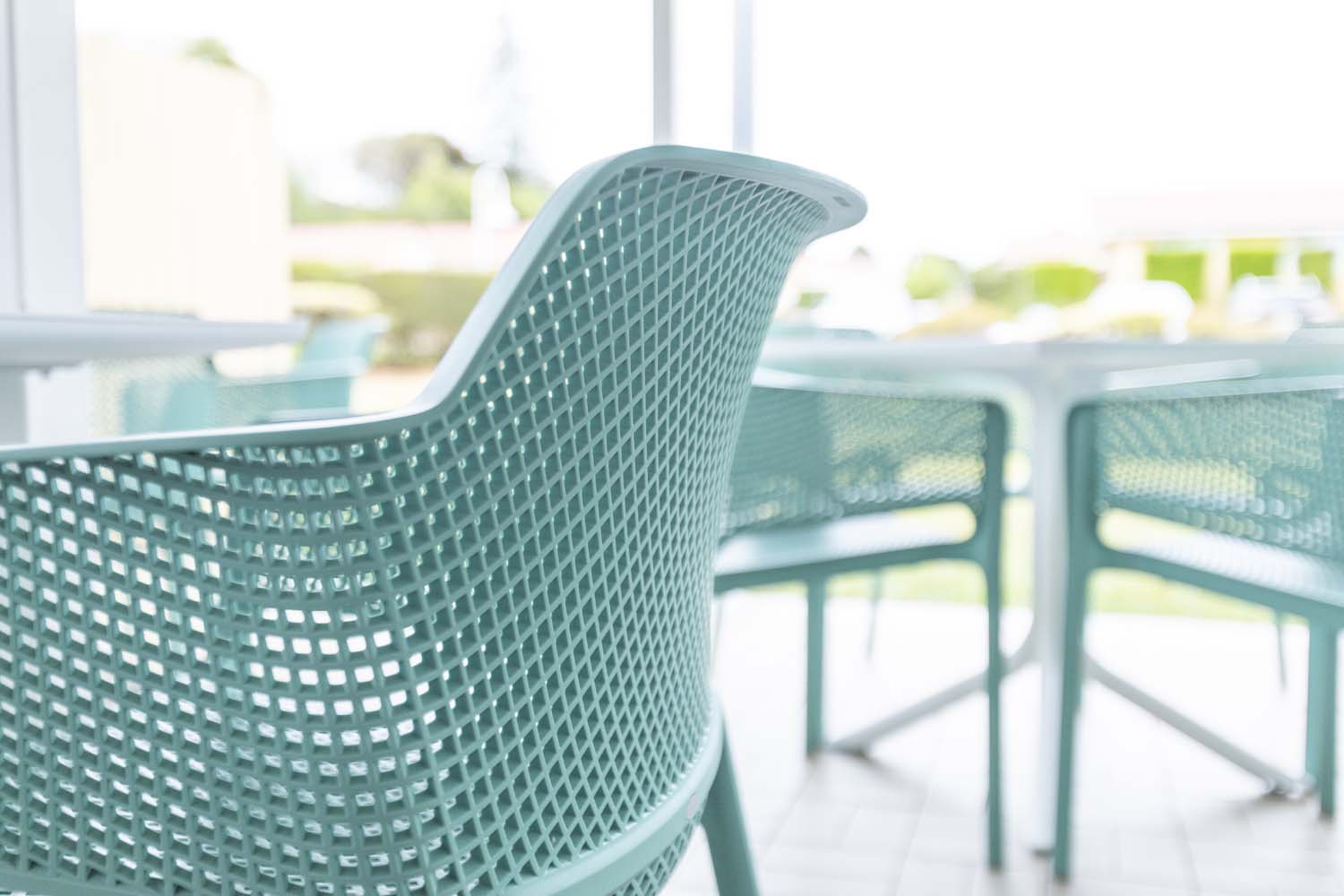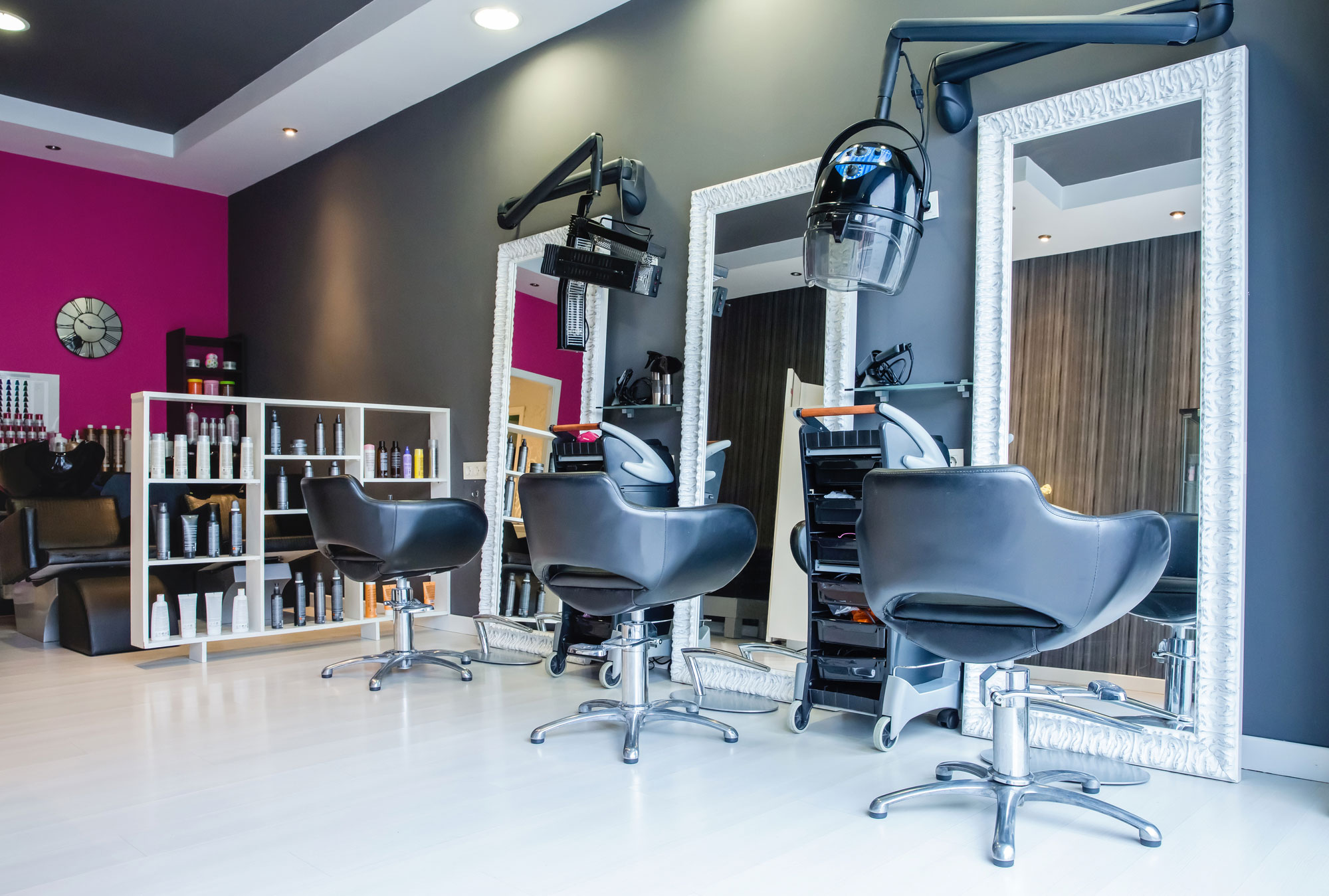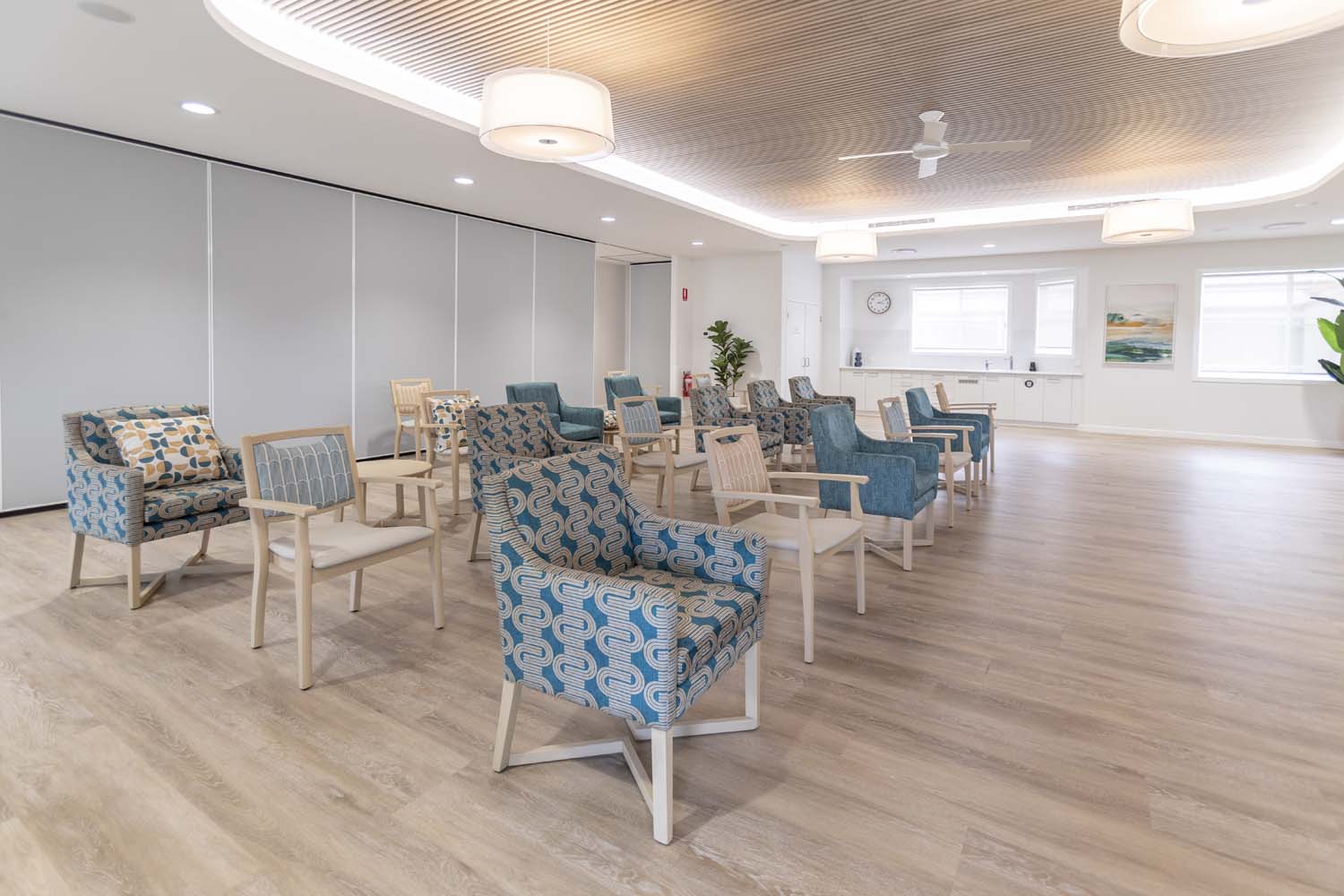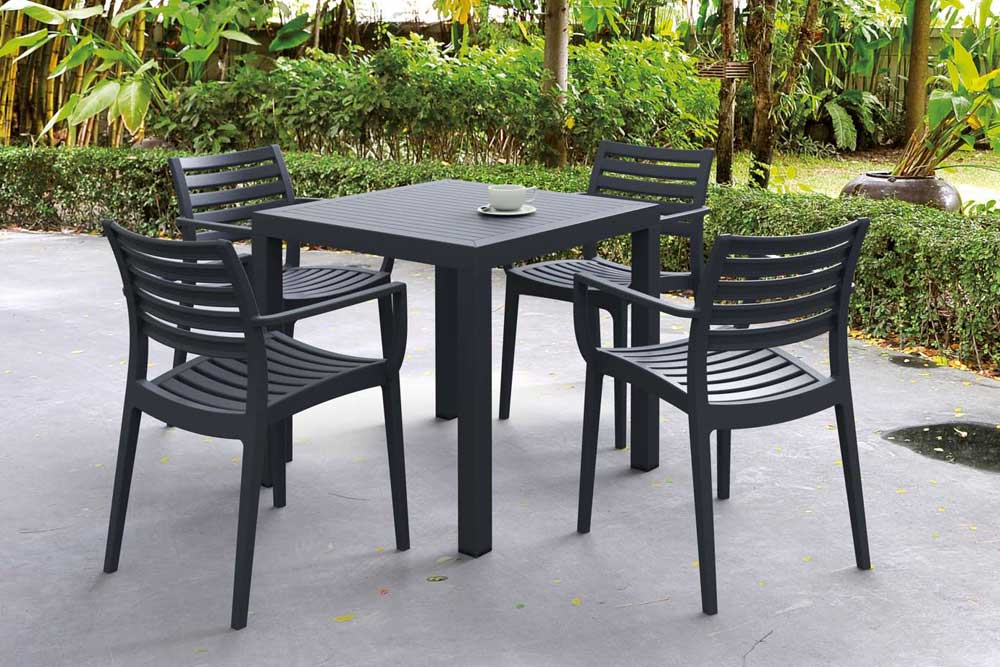The Occupational Therapist’s Aged Care Furniture Checklist: What They’re Really Looking For

When it comes to furnishing an aged care facility, Occupational Therapists (OTs) bring a unique and essential perspective. While interior designers may focus on aesthetics and comfort, and procurement teams on budget and availability, an OT is laser-focused on resident safety, mobility, independence, and dignity.
If your aged care facility is about to undergo a refresh—or if you’re wondering why that newly installed lounge suite doesn’t seem quite right—this checklist will help you understand exactly what Occupational Therapists are looking for when assessing furniture.
1. Seat Height That Supports Safe Transfers
One of the first things an Occupational Therapist will check is the seat height—and for good reason. The ability to sit down and stand up from a chair independently is critical for both safety and dignity in aged care. The wrong seat height can turn a simple movement into a fall risk.
Why it matters:
For residents with reduced strength, arthritis, or balance issues, a chair that’s too low can be incredibly difficult to get out of. Conversely, a seat that’s too high can leave feet dangling, creating instability and increasing the likelihood of sliding forward. Both scenarios increase the risk of injury and often lead to residents avoiding that chair altogether.
What OTs look for:
-
Ideal seat height: Generally between 450–500mm, depending on the resident cohort. This range tends to support most older adults in achieving a safe 90-degree knee bend while keeping their feet flat on the floor.
-
Consistent height across furniture types—dining chairs, occasional chairs, and lounge chairs should all be evaluated.
-
OTs often assess seat height in conjunction with the resident’s leg length, footwear, and any use of mobility aids like walkers or wheelchairs.
What to avoid:
-
Deep, slouchy armchairs that encourage residents to “sink in” and struggle to get back up.
-
Low-profile modern seating, which may look stylish but isn’t functional in aged care environments.
-
Inconsistent seating heights in communal spaces, which can confuse residents or limit where certain individuals can sit.
Additional tips:
-
Test with real residents. A chair might tick all the right boxes on paper, but the best way to assess if the height is appropriate is to have a resident trial the chair with OT supervision.
-
Consider custom seat height options when ordering furniture—many aged care suppliers, like FHG, can adjust chair height during production to better suit your residents’ needs.
2. Firm, Supportive Cushions
To the untrained eye, a soft, plush lounge may seem like a cosy, inviting option for aged care residents. But to an Occupational Therapist, it can signal a potential hazard—particularly for residents with reduced strength, poor balance, or limited mobility.
Why Cushion Firmness Matters
Firm, supportive seat cushions are essential for several reasons:
-
Easier Transfers: When a resident sits down or stands up, they rely on resistance from the cushion to support their body weight. A firm cushion provides that resistance. A cushion that compresses too much forces the resident to work harder to stand—and in some cases, makes it impossible without assistance.
-
Postural Support: Residents who slump or lean to one side often do so because the cushion beneath them isn’t offering adequate support. A firm seat helps maintain upright posture, reducing the risk of pressure injuries and encouraging better breathing, circulation, and digestion.
-
Improved Stability: A deep, sinking cushion can shift a resident’s centre of gravity, increasing the risk of sliding forward or losing balance—particularly dangerous for those with cognitive impairment or low core strength.
-
Fatigue Prevention: When residents sit on cushions that are too soft or uneven, they often engage extra muscle groups just to stay balanced. This can lead to fatigue, discomfort, and reduced time spent engaging in social activities.
What Occupational Therapists Look For
When assessing furniture, OTs will often test the cushion by pressing down with both hands and simulating the motion of sitting and standing. They’re looking for:
-
Minimal compression under weight
-
Even support across the whole seat
-
Cushioning that maintains its shape over time—not prone to sagging or “bottoming out”
In some cases, an OT may recommend specialised foam densities or pressure-relieving inserts for residents at risk of skin breakdown or those with specific medical conditions.
Cushion Depth and Angle Also Matter
Supportive cushions must also work with the overall design of the chair:
-
Seat depth should allow the resident to sit back with their feet flat on the floor and their back supported.
-
The seat angle should be nearly level or slightly forward-tilted—not reclining too far back, which can make standing difficult.
3. Sturdy Armrests for Stand Assistance
For many residents in aged care, simply standing up from a chair can be a major challenge. That’s why Occupational Therapists place such a strong emphasis on the design and placement of armrests.
These aren’t just a place to rest elbows — they’re a crucial safety and mobility aid.
Why Armrests Matter:
As residents age, they often experience reduced muscle strength, joint stiffness (especially in hips and knees), and balance issues. This makes it difficult to rise from a seated position without assistance. Well-designed armrests act like stable handrails, giving residents something solid to push against as they transition from sitting to standing.
Without supportive armrests, residents are more likely to:
-
Strain their lower back and joints trying to stand up
-
Lose their balance and fall forward or sideways
-
Rely heavily on carers for physical assistance
What Occupational Therapists Look For:
Here’s what an OT will assess when reviewing armrests in your facility:
Height and Position
-
Armrests should be high enough to grasp easily when seated but not so high that they force shoulders to shrug.
-
Ideally, they should be at elbow height when seated – typically between 650mm and 750mm from the floor.
Fixed and Stable
-
Armrests must be securely fixed to the chair or frame — no wobbling, swivelling, or loose joints.
-
OTs will physically test them to ensure they hold body weight without giving way.
Appropriate Width
-
The width between the armrests must suit the resident group. If they’re too close together, the chair can feel cramped; too wide, and residents won’t be able to use them effectively when standing.
Comfort and Grip
-
The surface should be easy to grip, not slippery or over-padded.
-
Timber, firm polyurethane, or vinyl-wrapped arms with texture are often preferred for grip and hygiene.
Length and Shape
-
Armrests should extend far enough forward to assist with both sitting down and standing up.
-
Ideally, they taper slightly at the front to allow a natural push-up motion.
What to Avoid:
-
Low-profile or decorative arms that aren’t functional
-
Loose cushions that move independently of the arms
-
Shared armrests in two-seaters or sofas, which limit independent use
-
Over-padded or soft armrests that collapse under pressure
Bonus Tip: Combine Armrests with Correct Seat Height
Even the best armrests can’t do their job if the seat is too low. OTs will often recommend chairs where armrest design and seat height work together to make standing safer and more comfortable — reducing the need for carer assistance and the risk of falls.
4. Stable Construction — No Movement, No Wheels
One of the most common concerns raised by Occupational Therapists in aged care environments is the instability of poorly designed furniture. When a resident goes to sit down or stand up, their body weight often shifts forward or sideways — and if the chair moves even slightly, it can result in a dangerous fall.
Why Movement Matters
Residents in aged care—especially those living with dementia, Parkinson’s disease, or general frailty—often rely heavily on the arms or back of a chair to steady themselves. If the furniture rocks, tilts, slides, or swivels, it instantly becomes a hazard.
Occupational Therapists assess:
-
Does the chair tip or wobble when leaned on from the side?
-
Does the chair shift position when a resident attempts to stand or sit?
-
Is the base of the chair secure and suitable for the type of flooring (e.g. vinyl, carpet, tiles)?
Even a small amount of movement can cause uncertainty for the resident, which may lead to hesitation, panic, or unsafe compensation—all of which increase the risk of a fall.
Why OTs Avoid Wheels on Seating
While wheels may seem convenient for repositioning furniture, they’re rarely suitable on chairs used by residents, particularly in dementia or high-care units. OTs will almost always recommend no castors or wheels on lounge or dining seating used in daily activities.
Wheels are discouraged because they:
-
Slip or roll away when leaned on for support
-
Encourage staff to push residents in chairs, reducing resident mobility and dignity
-
Can become obstacles if they protrude or swivel unexpectedly
-
Are often unsuitable for uneven or soft floor surfaces
If mobility is essential (such as for transfer chairs or transport), OTs will specify lockable castors with brake mechanisms that are easy to engage and suited to the facility’s floor type.
OT Tip: Test Furniture Like a Resident Would
OTs don’t just look at a product—they interact with it as a resident would. They’ll often sit in a chair, shift their weight, and mimic rising or pivoting to see how the furniture behaves. If a chair moves, slides, or feels unstable, it’s not considered safe for aged care.
What to Look For Instead
Furniture that passes an OT’s stability test usually features:
-
A solid timber or metal frame
-
Wide, secure legs with non-slip feet or glides matched to the flooring
-
Reinforced joints that won’t loosen or creak over time
-
A design with a low centre of gravity to resist tipping
5. Contrasting Colours for Visibility
As residents age, many experience changes in vision—ranging from reduced contrast sensitivity and depth perception to age-related conditions like macular degeneration or dementia-related visual processing difficulties. That’s why visual contrast in furniture design is more than just a style choice—it’s a safety and accessibility essential.
Why OTs Care About Contrast
Occupational Therapists are trained to assess how residents interact with their environment, particularly those with cognitive or sensory decline. When furniture blends into the floor or walls, it becomes difficult to distinguish where one surface ends and another begins. This can lead to:
-
Missed attempts to sit down (sitting beside or in front of the chair)
-
Trips or stumbles over low-profile furniture
-
Confusion or hesitation when navigating spaces, especially in dementia care units
Key Contrast Considerations OTs Look For
Here’s what an OT is typically checking when it comes to colour and contrast:
Seat vs. Floor
The base of the chair or sofa should stand out clearly from the flooring. A dark chair on a dark carpet? That’s a visual hazard. A light-toned chair on a mid-tone or dark floor gives better definition and spatial awareness.
Seat vs. Backrest
OTs may also recommend chairs where the seat cushion and backrest are slightly different in tone. This helps residents visually process where to aim when sitting down.
Armrests in a Distinct Colour
Chairs with contrasting armrests—such as dark arms against a lighter fabric—are especially helpful for residents with dementia or low vision, as it gives a clear visual cue for hand placement and support.
Avoiding All-Grey or All-Beige Interiors
While neutral tones may look contemporary, they often result in environments where everything blends together. In aged care, too much uniformity in tone can be disorienting and even unsafe.
Wayfinding and Room Orientation
Beyond seating, OTs may also recommend strategic use of colour on walls, doorways, and furniture to help residents navigate more confidently—particularly in memory support units.
A Real-World Tip from OTs
“Think about how the furniture will appear from the perspective of a resident who is tired, confused, or anxious,” one OT told us. “They may only glance at a chair quickly—so it needs to be instantly recognisable as a place to rest, with features that are visually distinct and easy to interpret.”
Good furniture design supports the whole person—not just physically, but visually and cognitively too. That’s why OTs so often emphasise the importance of visual contrast when they assess aged care environments.
6. Materials That Are Easy to Clean and Infection-Control Compliant
In aged care environments, infection control is a critical consideration—and Occupational Therapists are highly aware of the risks posed by poorly chosen materials and finishes. Furniture may be used by multiple residents throughout the day, and any surface that’s difficult to clean can become a harbour for bacteria, viruses, and other contaminants.
Here’s what OTs are looking for:
Wipe-Clean Surfaces
-
Upholstery should be sealed or coated with a cleanable finish, such as healthcare-grade vinyl or PU.
-
Avoid fabrics with deep texture, tufting, or seams that trap spills, crumbs, and bodily fluids.
-
Surfaces should withstand regular cleaning with hospital-grade disinfectants—without degrading or staining over time.
Moisture-Resistant and Antimicrobial Options
-
OTs often prefer moisture-barrier fabrics that prevent spills and accidents from soaking into foam cushions.
-
Antimicrobial treatments in upholstery or finishes can reduce the spread of bacteria and mould.
-
In high-care areas, non-permeable upholstery is often a requirement for infection control compliance.
Replaceable Components
-
Some OTs also advocate for removable and replaceable seat and back cushions, which can be easily cleaned or swapped out if soiled.
-
This approach is practical in memory support or high-care units, where incidents may be more frequent.
Hard Surface Considerations
-
Timber-look finishes should be sealed and non-porous to prevent absorption of liquids.
-
Furniture edges should be rounded and free of joints or crevices, reducing spots where debris and pathogens can gather.
Why It Matters
Cleanable, durable materials help facilities meet accreditation standards, reduce the spread of illness, and preserve the dignity of residents. For OTs, the priority is always to support a healthy, safe, and hygienic environment—without sacrificing comfort or warmth.
7. Designs That Promote Inclusion and Comfort
Occupational Therapists don’t just focus on safety—they also look at how furniture can support emotional wellbeing, social interaction, and a sense of inclusion within the aged care environment.
Many residents in aged care experience feelings of isolation, confusion, or loss of independence. The design and layout of furniture can have a powerful effect on how connected, confident, and comfortable a person feels in their environment.
Here’s what OTs look for when it comes to promoting inclusion and comfort:
Furniture That Feels Familiar and Homely
Clinical-looking furniture can make a space feel cold or impersonal. OTs often advocate for designs that:
-
Resemble what residents might have had at home
-
Use warm timbers, textured fabrics, and soft finishes
-
Provide a sense of continuity and comfort, especially for people living with dementia
Residents are more likely to use and enjoy spaces that feel familiar and inviting—not institutional.
Seating That Encourages Social Connection
Furniture placement can either foster connection or create barriers to interaction. OTs recommend:
-
Arranging chairs in small clusters, rather than in rows or against walls
-
Creating conversation-friendly layouts, such as U-shapes or circles
-
Using a mix of single and double seating so couples or visitors can sit together comfortably
This helps encourage spontaneous interaction between residents and visitors, and makes communal spaces feel more vibrant and engaging.
Options for Privacy and Quiet Retreats
Inclusion doesn’t mean forcing social interaction. Residents also need opportunities to retreat or observe without feeling excluded.
OTs may recommend:
-
A quiet lounge area with high-back chairs for more privacy
-
Window-side seating for watching the outdoors or enjoying quiet moments
-
A balance of open and semi-private zones in shared spaces
This allows residents to participate in a way that feels safe and appropriate to them.
Furniture That Supports Choice and Control
Inclusion also means empowering residents to make their own decisions—where to sit, how to sit, and whether they want to be near others or on their own.
That’s why OTs value furniture that:
-
Offers a variety of seat heights and depths
-
Includes lightweight but stable options that residents can reposition with help
-
Caters to residents with different levels of mobility, so everyone can access communal spaces
Why It Matters
When residents feel physically comfortable, socially included, and emotionally secure, they’re more likely to engage with their environment and maintain a higher quality of life. Furniture design plays a quiet but crucial role in that.
By working closely with OTs and choosing thoughtfully designed, fit-for-purpose furniture, aged care providers can help create spaces where every resident feels they belong.
Need a fresh OT-friendly furniture fitout?
If your current furniture isn’t ticking these boxes—or if your OT has flagged concerns—our team is here to help. At FHG, we work closely with OTs, care teams, and facility managers to provide fit-for-purpose, Australian-made furniture that supports aged care living at every level.
Speak to one of our Project Consultants to arrange a review of your space and a tailored furniture solution that meets your residents’ needs.
Custom, Safe and Supportive Furniture for Aged Care
More News
The Occupational Therapist’s Aged Care Furniture Checklist: What They’re Really Looking For

When it comes to furnishing an aged care facility, Occupational Therapists (OTs) bring a unique and essential perspective. While interior designers may focus on aesthetics and comfort, and procurement teams on budget and availability, an OT is laser-focused on resident safety, mobility, independence, and dignity.
If your aged care facility is about to undergo a refresh—or if you’re wondering why that newly installed lounge suite doesn’t seem quite right—this checklist will help you understand exactly what Occupational Therapists are looking for when assessing furniture.
1. Seat Height That Supports Safe Transfers
One of the first things an Occupational Therapist will check is the seat height—and for good reason. The ability to sit down and stand up from a chair independently is critical for both safety and dignity in aged care. The wrong seat height can turn a simple movement into a fall risk.
Why it matters:
For residents with reduced strength, arthritis, or balance issues, a chair that’s too low can be incredibly difficult to get out of. Conversely, a seat that’s too high can leave feet dangling, creating instability and increasing the likelihood of sliding forward. Both scenarios increase the risk of injury and often lead to residents avoiding that chair altogether.
What OTs look for:
-
Ideal seat height: Generally between 450–500mm, depending on the resident cohort. This range tends to support most older adults in achieving a safe 90-degree knee bend while keeping their feet flat on the floor.
-
Consistent height across furniture types—dining chairs, occasional chairs, and lounge chairs should all be evaluated.
-
OTs often assess seat height in conjunction with the resident’s leg length, footwear, and any use of mobility aids like walkers or wheelchairs.
What to avoid:
-
Deep, slouchy armchairs that encourage residents to “sink in” and struggle to get back up.
-
Low-profile modern seating, which may look stylish but isn’t functional in aged care environments.
-
Inconsistent seating heights in communal spaces, which can confuse residents or limit where certain individuals can sit.
Additional tips:
-
Test with real residents. A chair might tick all the right boxes on paper, but the best way to assess if the height is appropriate is to have a resident trial the chair with OT supervision.
-
Consider custom seat height options when ordering furniture—many aged care suppliers, like FHG, can adjust chair height during production to better suit your residents’ needs.
2. Firm, Supportive Cushions
To the untrained eye, a soft, plush lounge may seem like a cosy, inviting option for aged care residents. But to an Occupational Therapist, it can signal a potential hazard—particularly for residents with reduced strength, poor balance, or limited mobility.
Why Cushion Firmness Matters
Firm, supportive seat cushions are essential for several reasons:
-
Easier Transfers: When a resident sits down or stands up, they rely on resistance from the cushion to support their body weight. A firm cushion provides that resistance. A cushion that compresses too much forces the resident to work harder to stand—and in some cases, makes it impossible without assistance.
-
Postural Support: Residents who slump or lean to one side often do so because the cushion beneath them isn’t offering adequate support. A firm seat helps maintain upright posture, reducing the risk of pressure injuries and encouraging better breathing, circulation, and digestion.
-
Improved Stability: A deep, sinking cushion can shift a resident’s centre of gravity, increasing the risk of sliding forward or losing balance—particularly dangerous for those with cognitive impairment or low core strength.
-
Fatigue Prevention: When residents sit on cushions that are too soft or uneven, they often engage extra muscle groups just to stay balanced. This can lead to fatigue, discomfort, and reduced time spent engaging in social activities.
What Occupational Therapists Look For
When assessing furniture, OTs will often test the cushion by pressing down with both hands and simulating the motion of sitting and standing. They’re looking for:
-
Minimal compression under weight
-
Even support across the whole seat
-
Cushioning that maintains its shape over time—not prone to sagging or “bottoming out”
In some cases, an OT may recommend specialised foam densities or pressure-relieving inserts for residents at risk of skin breakdown or those with specific medical conditions.
Cushion Depth and Angle Also Matter
Supportive cushions must also work with the overall design of the chair:
-
Seat depth should allow the resident to sit back with their feet flat on the floor and their back supported.
-
The seat angle should be nearly level or slightly forward-tilted—not reclining too far back, which can make standing difficult.
3. Sturdy Armrests for Stand Assistance
For many residents in aged care, simply standing up from a chair can be a major challenge. That’s why Occupational Therapists place such a strong emphasis on the design and placement of armrests.
These aren’t just a place to rest elbows — they’re a crucial safety and mobility aid.
Why Armrests Matter:
As residents age, they often experience reduced muscle strength, joint stiffness (especially in hips and knees), and balance issues. This makes it difficult to rise from a seated position without assistance. Well-designed armrests act like stable handrails, giving residents something solid to push against as they transition from sitting to standing.
Without supportive armrests, residents are more likely to:
-
Strain their lower back and joints trying to stand up
-
Lose their balance and fall forward or sideways
-
Rely heavily on carers for physical assistance
What Occupational Therapists Look For:
Here’s what an OT will assess when reviewing armrests in your facility:
Height and Position
-
Armrests should be high enough to grasp easily when seated but not so high that they force shoulders to shrug.
-
Ideally, they should be at elbow height when seated – typically between 650mm and 750mm from the floor.
Fixed and Stable
-
Armrests must be securely fixed to the chair or frame — no wobbling, swivelling, or loose joints.
-
OTs will physically test them to ensure they hold body weight without giving way.
Appropriate Width
-
The width between the armrests must suit the resident group. If they’re too close together, the chair can feel cramped; too wide, and residents won’t be able to use them effectively when standing.
Comfort and Grip
-
The surface should be easy to grip, not slippery or over-padded.
-
Timber, firm polyurethane, or vinyl-wrapped arms with texture are often preferred for grip and hygiene.
Length and Shape
-
Armrests should extend far enough forward to assist with both sitting down and standing up.
-
Ideally, they taper slightly at the front to allow a natural push-up motion.
What to Avoid:
-
Low-profile or decorative arms that aren’t functional
-
Loose cushions that move independently of the arms
-
Shared armrests in two-seaters or sofas, which limit independent use
-
Over-padded or soft armrests that collapse under pressure
Bonus Tip: Combine Armrests with Correct Seat Height
Even the best armrests can’t do their job if the seat is too low. OTs will often recommend chairs where armrest design and seat height work together to make standing safer and more comfortable — reducing the need for carer assistance and the risk of falls.
4. Stable Construction — No Movement, No Wheels
One of the most common concerns raised by Occupational Therapists in aged care environments is the instability of poorly designed furniture. When a resident goes to sit down or stand up, their body weight often shifts forward or sideways — and if the chair moves even slightly, it can result in a dangerous fall.
Why Movement Matters
Residents in aged care—especially those living with dementia, Parkinson’s disease, or general frailty—often rely heavily on the arms or back of a chair to steady themselves. If the furniture rocks, tilts, slides, or swivels, it instantly becomes a hazard.
Occupational Therapists assess:
-
Does the chair tip or wobble when leaned on from the side?
-
Does the chair shift position when a resident attempts to stand or sit?
-
Is the base of the chair secure and suitable for the type of flooring (e.g. vinyl, carpet, tiles)?
Even a small amount of movement can cause uncertainty for the resident, which may lead to hesitation, panic, or unsafe compensation—all of which increase the risk of a fall.
Why OTs Avoid Wheels on Seating
While wheels may seem convenient for repositioning furniture, they’re rarely suitable on chairs used by residents, particularly in dementia or high-care units. OTs will almost always recommend no castors or wheels on lounge or dining seating used in daily activities.
Wheels are discouraged because they:
-
Slip or roll away when leaned on for support
-
Encourage staff to push residents in chairs, reducing resident mobility and dignity
-
Can become obstacles if they protrude or swivel unexpectedly
-
Are often unsuitable for uneven or soft floor surfaces
If mobility is essential (such as for transfer chairs or transport), OTs will specify lockable castors with brake mechanisms that are easy to engage and suited to the facility’s floor type.
OT Tip: Test Furniture Like a Resident Would
OTs don’t just look at a product—they interact with it as a resident would. They’ll often sit in a chair, shift their weight, and mimic rising or pivoting to see how the furniture behaves. If a chair moves, slides, or feels unstable, it’s not considered safe for aged care.
What to Look For Instead
Furniture that passes an OT’s stability test usually features:
-
A solid timber or metal frame
-
Wide, secure legs with non-slip feet or glides matched to the flooring
-
Reinforced joints that won’t loosen or creak over time
-
A design with a low centre of gravity to resist tipping
5. Contrasting Colours for Visibility
As residents age, many experience changes in vision—ranging from reduced contrast sensitivity and depth perception to age-related conditions like macular degeneration or dementia-related visual processing difficulties. That’s why visual contrast in furniture design is more than just a style choice—it’s a safety and accessibility essential.
Why OTs Care About Contrast
Occupational Therapists are trained to assess how residents interact with their environment, particularly those with cognitive or sensory decline. When furniture blends into the floor or walls, it becomes difficult to distinguish where one surface ends and another begins. This can lead to:
-
Missed attempts to sit down (sitting beside or in front of the chair)
-
Trips or stumbles over low-profile furniture
-
Confusion or hesitation when navigating spaces, especially in dementia care units
Key Contrast Considerations OTs Look For
Here’s what an OT is typically checking when it comes to colour and contrast:
Seat vs. Floor
The base of the chair or sofa should stand out clearly from the flooring. A dark chair on a dark carpet? That’s a visual hazard. A light-toned chair on a mid-tone or dark floor gives better definition and spatial awareness.
Seat vs. Backrest
OTs may also recommend chairs where the seat cushion and backrest are slightly different in tone. This helps residents visually process where to aim when sitting down.
Armrests in a Distinct Colour
Chairs with contrasting armrests—such as dark arms against a lighter fabric—are especially helpful for residents with dementia or low vision, as it gives a clear visual cue for hand placement and support.
Avoiding All-Grey or All-Beige Interiors
While neutral tones may look contemporary, they often result in environments where everything blends together. In aged care, too much uniformity in tone can be disorienting and even unsafe.
Wayfinding and Room Orientation
Beyond seating, OTs may also recommend strategic use of colour on walls, doorways, and furniture to help residents navigate more confidently—particularly in memory support units.
A Real-World Tip from OTs
“Think about how the furniture will appear from the perspective of a resident who is tired, confused, or anxious,” one OT told us. “They may only glance at a chair quickly—so it needs to be instantly recognisable as a place to rest, with features that are visually distinct and easy to interpret.”
Good furniture design supports the whole person—not just physically, but visually and cognitively too. That’s why OTs so often emphasise the importance of visual contrast when they assess aged care environments.
6. Materials That Are Easy to Clean and Infection-Control Compliant
In aged care environments, infection control is a critical consideration—and Occupational Therapists are highly aware of the risks posed by poorly chosen materials and finishes. Furniture may be used by multiple residents throughout the day, and any surface that’s difficult to clean can become a harbour for bacteria, viruses, and other contaminants.
Here’s what OTs are looking for:
Wipe-Clean Surfaces
-
Upholstery should be sealed or coated with a cleanable finish, such as healthcare-grade vinyl or PU.
-
Avoid fabrics with deep texture, tufting, or seams that trap spills, crumbs, and bodily fluids.
-
Surfaces should withstand regular cleaning with hospital-grade disinfectants—without degrading or staining over time.
Moisture-Resistant and Antimicrobial Options
-
OTs often prefer moisture-barrier fabrics that prevent spills and accidents from soaking into foam cushions.
-
Antimicrobial treatments in upholstery or finishes can reduce the spread of bacteria and mould.
-
In high-care areas, non-permeable upholstery is often a requirement for infection control compliance.
Replaceable Components
-
Some OTs also advocate for removable and replaceable seat and back cushions, which can be easily cleaned or swapped out if soiled.
-
This approach is practical in memory support or high-care units, where incidents may be more frequent.
Hard Surface Considerations
-
Timber-look finishes should be sealed and non-porous to prevent absorption of liquids.
-
Furniture edges should be rounded and free of joints or crevices, reducing spots where debris and pathogens can gather.
Why It Matters
Cleanable, durable materials help facilities meet accreditation standards, reduce the spread of illness, and preserve the dignity of residents. For OTs, the priority is always to support a healthy, safe, and hygienic environment—without sacrificing comfort or warmth.
7. Designs That Promote Inclusion and Comfort
Occupational Therapists don’t just focus on safety—they also look at how furniture can support emotional wellbeing, social interaction, and a sense of inclusion within the aged care environment.
Many residents in aged care experience feelings of isolation, confusion, or loss of independence. The design and layout of furniture can have a powerful effect on how connected, confident, and comfortable a person feels in their environment.
Here’s what OTs look for when it comes to promoting inclusion and comfort:
Furniture That Feels Familiar and Homely
Clinical-looking furniture can make a space feel cold or impersonal. OTs often advocate for designs that:
-
Resemble what residents might have had at home
-
Use warm timbers, textured fabrics, and soft finishes
-
Provide a sense of continuity and comfort, especially for people living with dementia
Residents are more likely to use and enjoy spaces that feel familiar and inviting—not institutional.
Seating That Encourages Social Connection
Furniture placement can either foster connection or create barriers to interaction. OTs recommend:
-
Arranging chairs in small clusters, rather than in rows or against walls
-
Creating conversation-friendly layouts, such as U-shapes or circles
-
Using a mix of single and double seating so couples or visitors can sit together comfortably
This helps encourage spontaneous interaction between residents and visitors, and makes communal spaces feel more vibrant and engaging.
Options for Privacy and Quiet Retreats
Inclusion doesn’t mean forcing social interaction. Residents also need opportunities to retreat or observe without feeling excluded.
OTs may recommend:
-
A quiet lounge area with high-back chairs for more privacy
-
Window-side seating for watching the outdoors or enjoying quiet moments
-
A balance of open and semi-private zones in shared spaces
This allows residents to participate in a way that feels safe and appropriate to them.
Furniture That Supports Choice and Control
Inclusion also means empowering residents to make their own decisions—where to sit, how to sit, and whether they want to be near others or on their own.
That’s why OTs value furniture that:
-
Offers a variety of seat heights and depths
-
Includes lightweight but stable options that residents can reposition with help
-
Caters to residents with different levels of mobility, so everyone can access communal spaces
Why It Matters
When residents feel physically comfortable, socially included, and emotionally secure, they’re more likely to engage with their environment and maintain a higher quality of life. Furniture design plays a quiet but crucial role in that.
By working closely with OTs and choosing thoughtfully designed, fit-for-purpose furniture, aged care providers can help create spaces where every resident feels they belong.
Need a fresh OT-friendly furniture fitout?
If your current furniture isn’t ticking these boxes—or if your OT has flagged concerns—our team is here to help. At FHG, we work closely with OTs, care teams, and facility managers to provide fit-for-purpose, Australian-made furniture that supports aged care living at every level.
Speak to one of our Project Consultants to arrange a review of your space and a tailored furniture solution that meets your residents’ needs.
Custom, Safe and Supportive Furniture for Aged Care
Commercial furniture by room
Based in Brisbane, we’re an Australian manufacturer of aged care furniture, retirement living furniture, hospital & healthcare furniture, hotel & accommodation furniture and student accommodation furniture. We also supply a range of commercial office furniture.
Discover the FHG Look Book: Your Source of Inspiration for Quality Australian-Made Commercial Furniture
- Quality Craftsmanship: See why we’ve been a trusted partner for over 25 years.
- Local Excellence: Learn how our Brisbane team ensures the highest standards.
- Inspiration and Ideas: Find innovative furniture solutions for any environment.
Don’t miss the opportunity to transform your commercial space with FHG’s expertly crafted furniture. Download the FHG Look Book today and start your journey towards exceptional design and quality.

